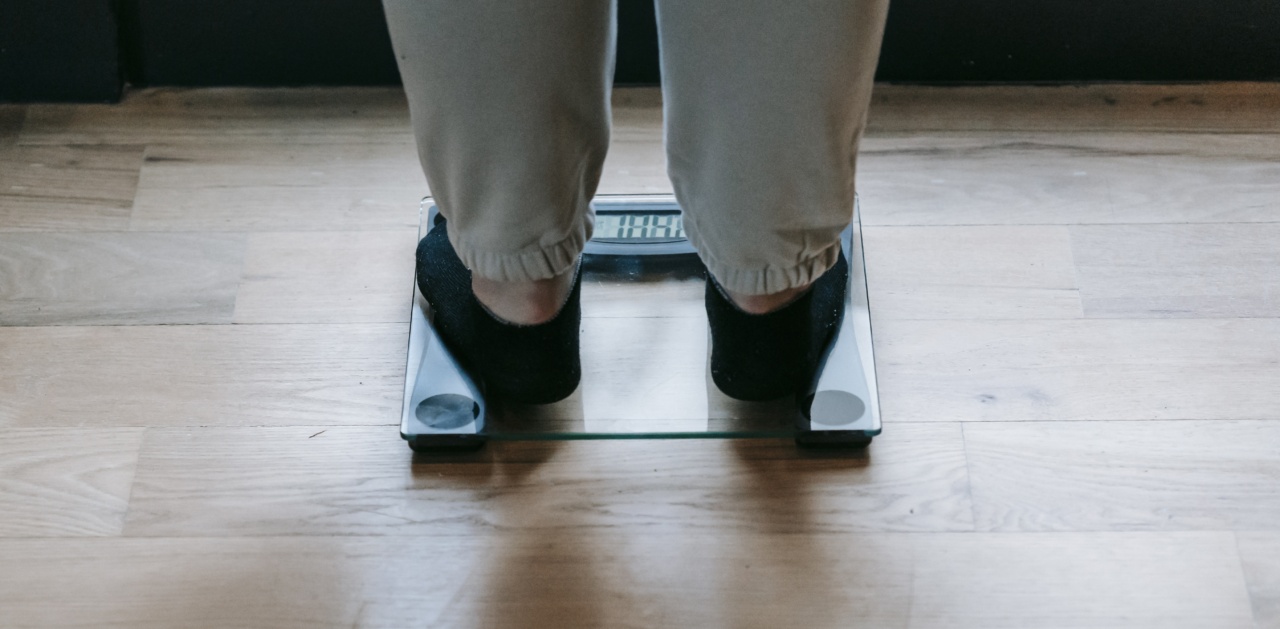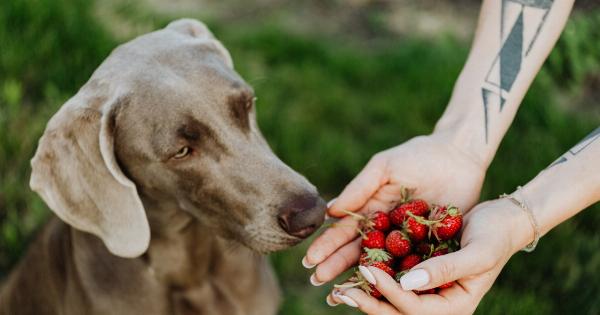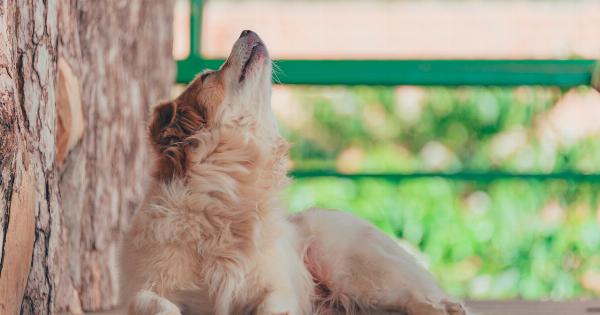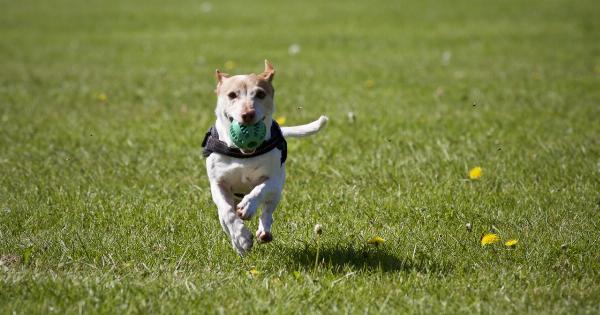Dogs are known for their unique behaviors and way of interacting with humans. One fascinating behavior that many dog owners have experienced is when their furry companions “ride” their feet.
This peculiar behavior can range from gentle leaning against their owners’ legs to more forceful pushing and walking between their feet. While it may seem adorable and charming, there is a deeper psychological explanation behind this behavior. In this article, we will explore the psychology behind dogs “riding” our feet and uncover the possible reasons behind it.
Dogs’ Need for Physical Contact
One of the primary reasons why dogs engage in this behavior is their natural need for physical contact. Dogs are social creatures, and by leaning against or rubbing their bodies on their owners’ feet, they seek closeness and reassurance.
As pack animals, dogs are wired to seek physical contact with members of their pack, which includes their human family members. This behavior can be seen as an attempt to maintain a connection and bond with their human companions.
Displaying Affection and Love
Riding on their owners’ feet can also be a way for dogs to display affection and love. Dogs have developed various ways to communicate their feelings, and this behavior might be an extension of that.
By leaning or stepping on their owners’ feet, dogs communicate their desire for attention and affection. They might be seeking physical touch, such as petting or scratching, which they associate with love and positive reinforcement.
Seeking Comfort and Security
Similar to how humans seek comfort and security in contact with others, dogs also look for the same sense of safety. By riding on their owners’ feet, dogs can find a sense of comfort, especially during times of anxiety or uncertainty.
This behavior can act as a form of self-soothing, helping them feel more secure and protected. The physical contact with their owners’ feet might provide a familiar and calming sensation, alleviating any stress or fear they may be experiencing.
Marking Territory and Ownership
In some cases, dogs may also exhibit this behavior as a way to mark their territory and assert ownership. Dogs have scent glands in their paws that release pheromones, which act as a form of communication.
By rubbing their bodies or walking between their owners’ feet, they leave the scent of their paws behind, claiming the area and their human as their own. This behavior can be more prominent in dogs who are particularly possessive or dominant.
Attention-Seeking Behavior
For some dogs, riding on their owners’ feet can simply be a way to grab attention. Dogs are intelligent creatures and quickly learn that engaging in this behavior can result in their owners’ immediate response.
This response might involve petting, comforting, or even playing with them. If a dog has learned that this behavior triggers a favorable reaction from their owner, they are likely to repeat it as a means of getting attention and interaction.
Curiosity and Exploration
Another reason behind dogs riding on feet is their innate curiosity and exploration. Dogs use their noses and bodies to gather information about their surroundings and the people they interact with.
By walking between their owners’ feet or touching their legs with their bodies, dogs can gather scents and texture information. They might be interested in the different smells on their owners’ feet or simply want to observe their movements up close.
Underlying Anxiety or Insecurity
In some cases, dogs may ride on their owners’ feet as a manifestation of underlying anxiety or insecurity. This behavior can be a coping mechanism for dogs who feel overwhelmed or unsure in certain situations.
By physically connecting themselves to their owners’ feet, they seek comfort and support to navigate through their emotions. This behavior can become more apparent during stressful events, such as thunderstorms, firework displays, or in new and unfamiliar environments.
Preventing and Managing the Behavior
While riding on feet might seem harmless, it is essential to address and manage this behavior appropriately, especially if it becomes excessive or bothersome. Here are some tips for preventing and managing the behavior:.
- Provide alternative forms of physical contact: Encourage your dog to engage in other forms of physical contact, such as sitting next to you or cuddling beside you on the couch. This redirects their need for closeness while offering variety and keeping the behavior in check.
- Establish clear boundaries: Teach your dog appropriate boundaries by gently redirecting them when they start riding your feet. Use positive reinforcement techniques to reward them when they respect personal space and engage in desirable behaviors.
- Provide mental stimulation: Keep your dog mentally stimulated by providing interactive toys, puzzles, or engaging in training exercises. Mental stimulation can help alleviate anxiety and redirect their focus from riding feet to more productive activities.
- Seek professional guidance: If the behavior persists or escalates despite your efforts, it is advisable to consult with a professional dog behaviorist. They can provide insights and guidance tailored to your specific situation, ultimately helping you manage and modify the behavior effectively.
In Conclusion
The behavior of dogs riding our feet is multi-faceted and can be attributed to various psychological factors, including their need for physical contact, affection, comfort, curiosity, and even anxiety.
Understanding the underlying motivations behind this behavior can help foster a stronger bond between dogs and their owners. By providing alternative forms of physical contact, establishing boundaries, and ensuring mental stimulation, dog owners can manage and modify this behavior effectively.
Remember, every dog is unique, so patience, consistency, and love are key when addressing any behavioral issue.































